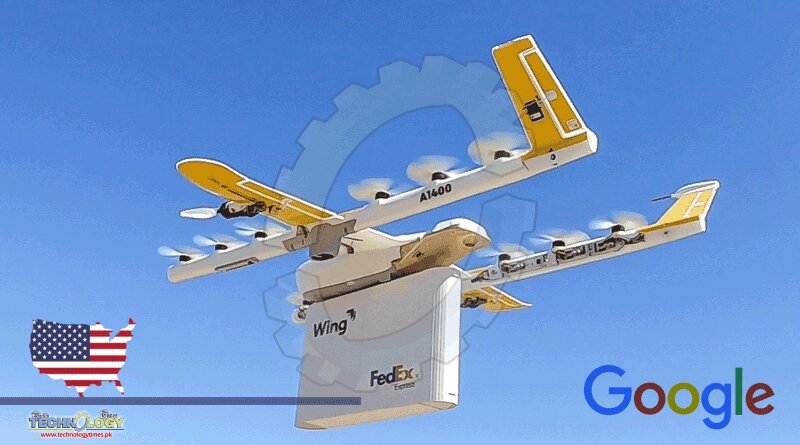Google Expressed Their Distaste About The New Rules. The Company’s Drone Delivery Subsidiary Called Google Wing Wrote A Post

Last week, the United States government made the biggest set of changes to drone law in the country. The government has ruled that almost every drone in the United States airspace will need to tell their exact locations and the locations of their pilots. This is in order to address safety, national security and law enforcement concerns regarding the integration of the aircraft into the airspace of the country.
Google’s response to drone law
Google expressed their distaste about the new rules. The company’s drone delivery subsidiary called Google Wing wrote a post about the new law. The statement was posted by Reuters titled “Broadcast-Only Remote Identification of Drones May Have Unintended Consequences for American Consumers.” The post argues that the FAA’s decision to have drones report their location might let observers track the movements of the drones and the pilot. Observers may also figure out where the pilot is, and also track personal information such as home address, PO Boxes and other sensitive data. Google Wing also stated that American communities would not accept this kind of surveillance of their deliveries or road trips, and this should also not be accepted in airspace.
Google Wing during the pandemic
The Google Wing drone delivery system created and developed by Google is currently being used in the country by numerous residents. It was at its peak during the coronavirus lockdown on the first half of 2020, when the drone delivered medicine and toiletries to people. Google Wing is run by Google’s parent company called Alphabet Inc., and the service had been running numerous test programs since 2019. Right after completing the tests, the coronavirus pandemic hit the United States. When the lockdown happened, the program of Google Wing was fixed just in time to deliver baby food, medicine, canned goods, toiletries and other essentials to people who were in need, especially those in rural areas. Wing CEO James Ryan Burgess told Dezeen that since the outbreak started, they have seen a significant increase in requests for deliveries. They have made more than 1,000 deliveries in April 2020 alone.
Google Wing’s drones have a wingspan of a meter. It can carry parcels that weigh up to 1.3kg and it can fly for about 12 miles. Google started testing its drone delivery service in Australia back in 2014, where the unmanned aerial cars dropped off dog treats and first aid kits for those who lived in the Australian outback. Customers can submit their order through an app, and it will prompt the drone to fly to a delivery facility to pick up the specific item that is packed in a cardboard carrier. The drone then flies to its destination, laden with package, at a specific altitude, before dropping and hovering seven meters above ground to deliver the package.
The package is then lowered and released. Customers no longer needs to go out and touch the drone or to unclip the package from it as it just does it automatically before it flies of and it goes back to the base. In April 2019, Google Wing became the first drone operator in the United States to be approved as a commercial service to deliver good by the Federal Aviation Administration or the FAA, according to The Verge. With the recent decision of the FAA to keep drones tracked and recorded, drone companies, including Google, will have to make an appeal.
This news was originally published at Tech Times
